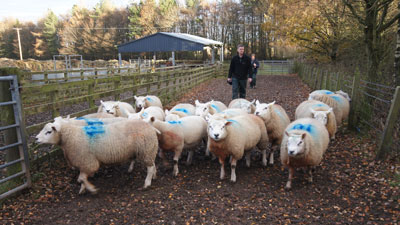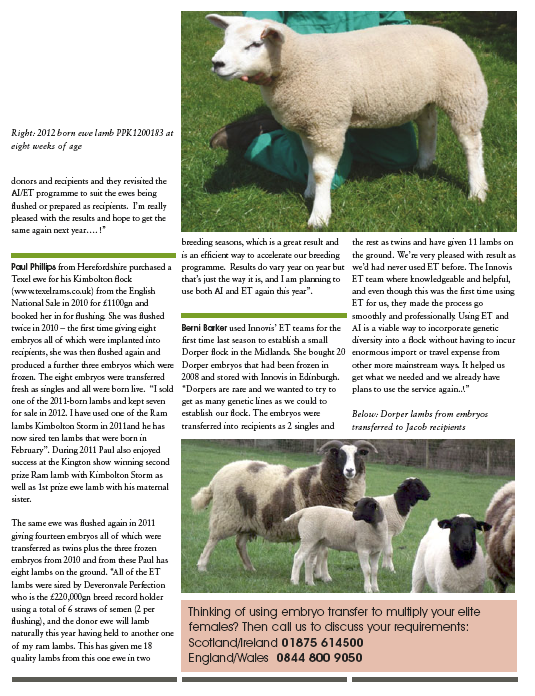Progressive Commercial and Pedigree sheep farmers alike are being encouraged to take advantage of the elite genetics that will be on offer at the Premier Sale of Performance Recorded Sheep, taking place at Worcester Market on Monday 9th September.
The event, which is believed to be the only dedicated sale of performance recorded sheep in England, has to date attracted over 120 entries from 9 flocks, including both Texel and Suffolk breeds. All the sheep entered have figures in the top 10 per cent of their breed and are Maedi Visna (MV) accredited.
The sale is being organised by Paul Phillips, of the Kimbolton flock, who has been performance recording his Texel sheep since 2008.
He said: “We have built up a loyal customer base for our recorded flock and have found that more and more people are now asking about figures when they are looking to purchase sheep”.
“With performance recording on the increase and there being no specific performance recorded sale in England, we felt there was definitely a gap in the market, and Worcester is an ideal venue at which to hold the event’’
“The sale offers commercial sheep producers the opportunity to introduce some top end, elite genetics into their flocks to increase the quality and quantity of lamb produced and we hope plenty of producers will take advantage of this.”
The Premier Sale of Performance Recorded Sheep will take place at Worcester Market on Monday 9th September at 5pm.

